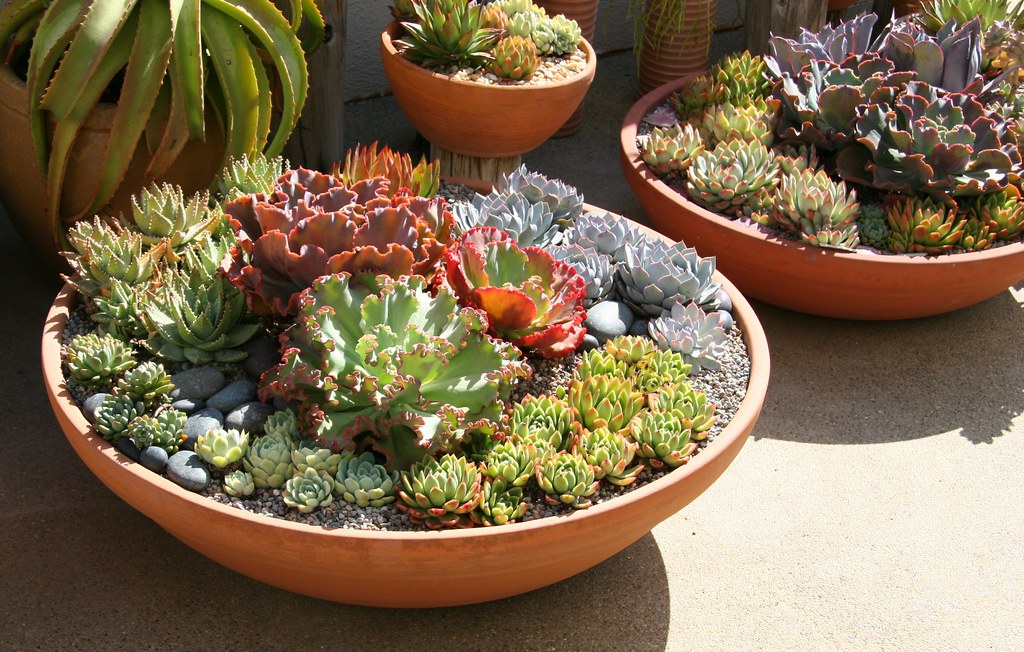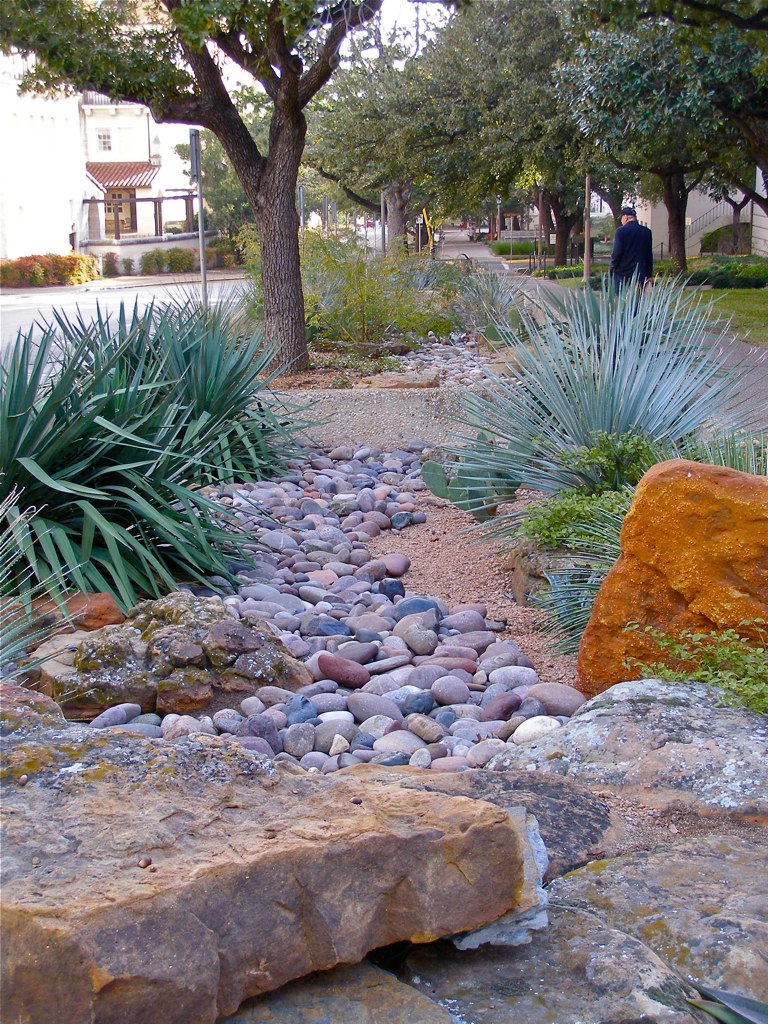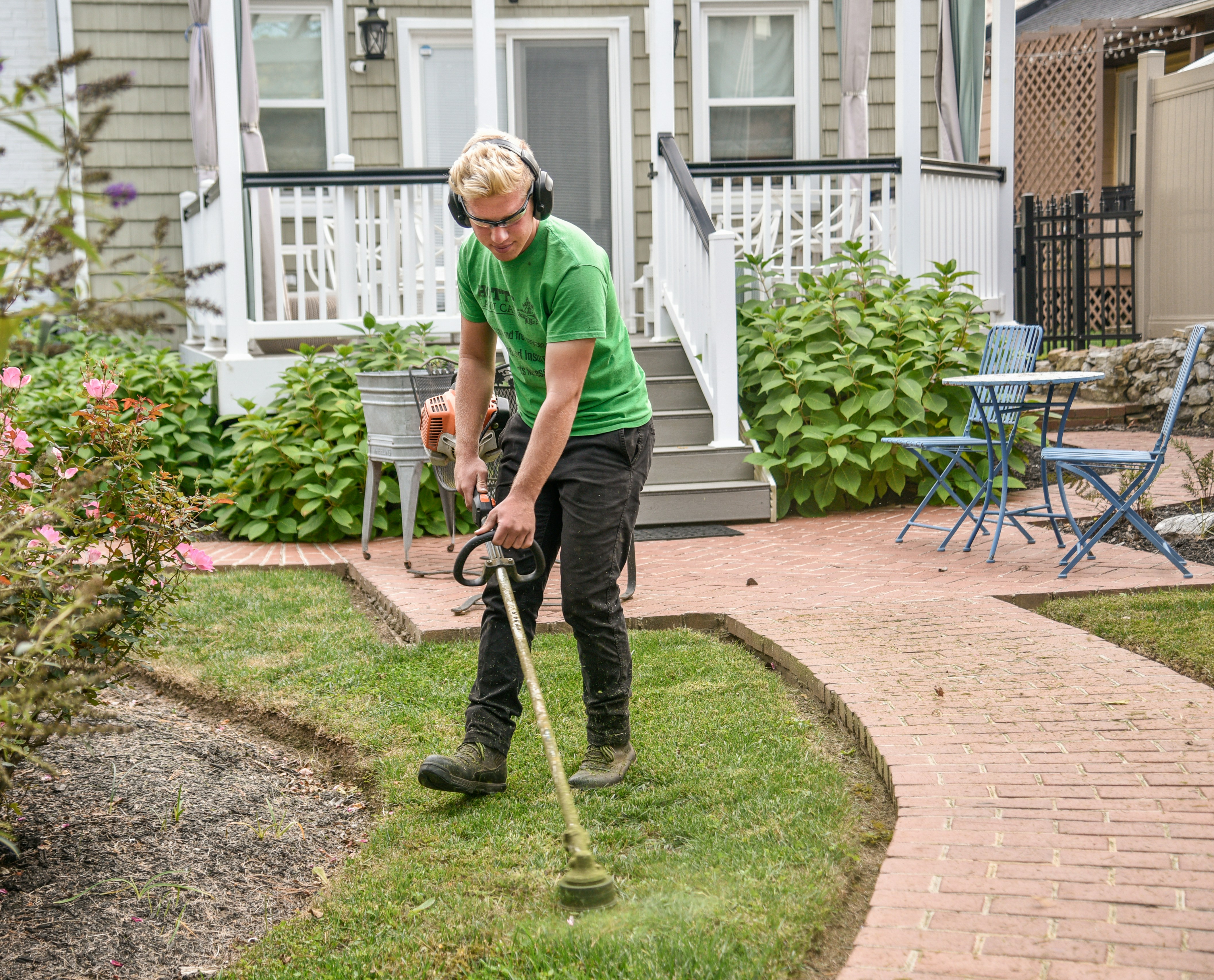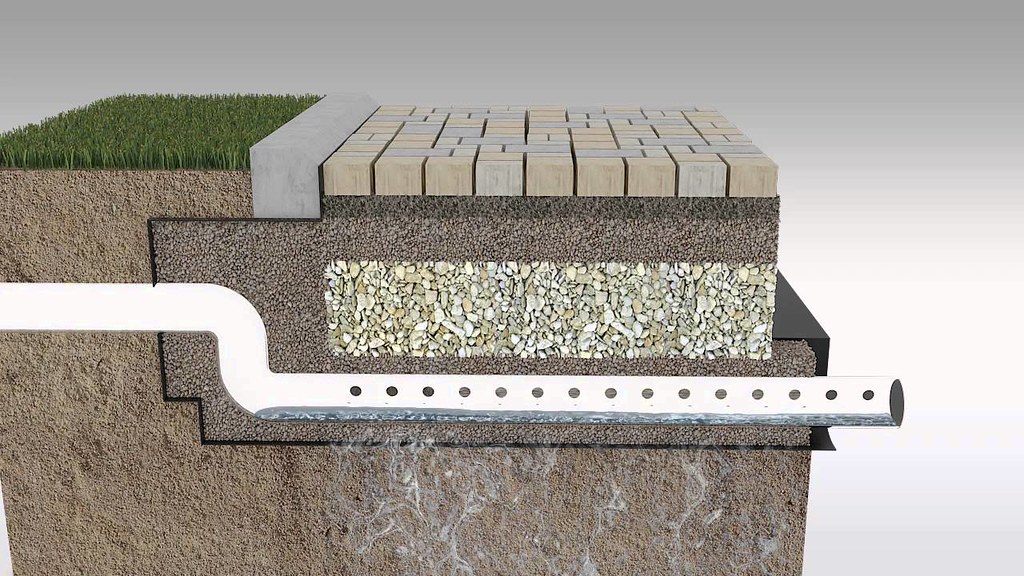Are you dreaming of transforming your outdoor space into a sustainable oasis? Look no further! In this article, we will explore ten eco-friendly landscaping ideas that will not only enhance the beauty of your garden but also contribute to a more sustainable and environmentally conscious lifestyle. From incorporating native plants to conserving water, these tips will help you create an outdoor oasis that is both stunning and sustainable. So, grab your gardening gloves and get ready to turn your backyard into a haven for both you and the planet. null
Eco-friendly landscaping is a practice that aims to create a sustainable outdoor oasis while minimizing the negative impact on the environment. By using environmentally friendly techniques and materials, such as organic fertilizers and native plants, you can create a beautiful and sustainable landscape that benefits both you and the planet.
Water conservation is a crucial aspect of eco-friendly landscaping. By implementing smart strategies, such as installing rainwater harvesting systems and using drip irrigation, you can minimize water waste and ensure efficient water usage in your landscape. These strategies not only help conserve water but also reduce your water bills and promote a healthier environment.
Using native plants in your landscape design is an excellent way to enhance sustainability. Native plants are adapted to the local climate and require less water, fertilizer, and maintenance. They also provide habitat for local wildlife, promote biodiversity, and help preserve the natural ecosystem. By incorporating native plants in your outdoor oasis, you can create a vibrant and sustainable landscape that supports the local ecosystem.

When it comes to eco-friendly landscaping, organic gardening and natural pest control are essential practices. By avoiding synthetic chemicals and pesticides, you can create a healthier and more sustainable outdoor oasis. Organic gardening involves using natural fertilizers, compost, and beneficial insects to nourish your plants and promote biodiversity. Natural pest control methods, such as companion planting and biological controls, help to keep pests at bay without harming the environment.
Efficient water management is crucial for maintaining a green and eco-friendly landscape. By implementing sustainable irrigation systems, you can optimize water usage and minimize waste. Drip irrigation, for example, delivers water directly to the roots of plants, reducing evaporation and runoff. Smart irrigation controllers use weather data to adjust watering schedules, ensuring that plants receive the right amount of water at the right time. Rainwater harvesting systems can also be installed to collect and reuse rainwater, further conserving water resources.
Reducing waste is an integral part of eco-friendly landscaping. Recycling and upcycling materials can help minimize the environmental impact of your outdoor oasis. Instead of disposing of yard waste, consider composting it to create nutrient-rich soil for your garden. Repurposing old furniture or containers can add a unique touch to your landscape design while reducing the need for new materials. Additionally, using reclaimed or recycled materials for hardscaping elements, such as pathways or fences, can contribute to a more sustainable and visually appealing outdoor space.

Permeable paving offers a sustainable and environmentally friendly alternative to traditional concrete or asphalt surfaces. These porous materials allow rainwater to infiltrate the ground, reducing stormwater runoff and replenishing groundwater supplies. Additionally, permeable paving helps to mitigate the heat island effect by allowing water to evaporate, keeping the surface temperature cooler. With a variety of options available, such as permeable concrete, pavers, and gravel, homeowners can choose a permeable paving solution that best suits their needs and aesthetic preferences.
Composting and mulching are effective practices for improving soil health and fertility in gardens and landscapes. Composting involves the decomposition of organic waste, such as food scraps and yard trimmings, into nutrient-rich compost. This compost can then be used as a natural fertilizer to enrich the soil and promote plant growth. Mulching, on the other hand, involves covering the soil surface with a layer of organic material, such as wood chips or straw. This helps to retain moisture, suppress weeds, and regulate soil temperature. By incorporating composting and mulching into your landscaping routine, you can create a thriving and sustainable garden environment.
Rainwater harvesting is a simple yet effective way to conserve water and reduce reliance on municipal water supplies. By collecting rainwater from rooftops and other surfaces, homeowners can store and reuse this water for various purposes, such as irrigation, washing cars, or flushing toilets. Installing a rainwater harvesting system typically involves a collection system, such as gutters and downspouts, a storage tank, and a filtration system. Not only does rainwater harvesting help to conserve water resources, but it also reduces stormwater runoff, which can contribute to water pollution and erosion.

Green roofs and living walls are innovative ways to bring nature into urban environments. Green roofs involve covering the roof of a building with vegetation, providing numerous benefits such as improved air quality, reduced energy consumption, and increased biodiversity. Living walls, on the other hand, are vertical gardens that can be installed on the exterior or interior walls of buildings, adding beauty and improving air quality. Both green roofs and living walls help to create a more sustainable and aesthetically pleasing urban landscape.
Solar-powered outdoor lighting is an excellent choice for illuminating your landscape while minimizing energy consumption. These lighting systems harness the power of the sun during the day and store it in batteries, which are then used to power the lights at night. Solar-powered outdoor lighting offers numerous benefits, including reduced electricity costs, easy installation without the need for wiring, and the ability to operate even during power outages. With solar-powered outdoor lighting, you can enjoy a beautifully lit landscape while being environmentally conscious.
Xeriscaping is a landscaping technique that focuses on creating beautiful and functional outdoor spaces while minimizing water usage. This approach is particularly beneficial in water-scarce regions where water conservation is essential. Xeriscaping involves selecting drought-tolerant plants, incorporating efficient irrigation systems, and utilizing mulch to retain moisture in the soil. By implementing xeriscaping, you can reduce your water consumption, save money on utility bills, and create a sustainable and visually appealing landscape that thrives even in dry conditions.
Creating an eco-friendly landscape not only benefits the environment but also enhances the beauty and functionality of your outdoor space. One of the key tips for eco-friendly landscaping is to choose native plants that are well-adapted to the local climate and require less water and maintenance. Incorporating organic mulch helps retain moisture in the soil and suppresses weed growth. Another tip is to install a rainwater harvesting system to collect and store rainwater for irrigation purposes. Additionally, using natural pest control methods such as companion planting and beneficial insects can reduce the need for harmful pesticides.
Sustainable outdoor design focuses on creating a harmonious relationship between the built environment and nature. To achieve this, it is important to consider the use of environmentally-friendly materials such as reclaimed wood, recycled plastic, or natural stone. Implementing energy-efficient lighting systems, such as LED lights or solar-powered fixtures, can reduce energy consumption. Designing outdoor spaces that promote biodiversity by incorporating native plants and providing habitats for wildlife is another aspect of sustainable outdoor design. Lastly, using permeable materials for driveways and walkways allows rainwater to infiltrate the soil, reducing stormwater runoff and replenishing groundwater.
Eco-friendly landscape design involves creating outdoor spaces that are not only aesthetically pleasing but also sustainable and environmentally responsible. One aspect of eco-friendly landscape design is water conservation. This can be achieved by installing efficient irrigation systems, such as drip irrigation or smart controllers that adjust watering based on weather conditions. Incorporating water features, such as rain gardens or bioswales, helps capture and filter rainwater, reducing the impact of runoff on waterways. Another element of eco-friendly landscape design is the use of permeable paving materials that allow rainwater to infiltrate the ground, preventing erosion and reducing the burden on stormwater systems. Additionally, using native plants, which require less water and are adapted to the local conditions, reduces the need for excessive irrigation and chemical fertilizers.

Implementing eco-friendly practices in your landscaping can have a positive impact on the environment. Consider using native plants that require less water and maintenance, as well as organic fertilizers and pest control methods. Incorporating rainwater harvesting systems and efficient irrigation techniques can also help conserve water.
Creating a sustainable garden involves using techniques that minimize waste and promote biodiversity. Consider composting organic waste to create nutrient-rich soil, and using mulch to conserve moisture and suppress weeds. Planting a variety of native plants can attract beneficial insects and pollinators, while also providing habitat for wildlife.
Designing an environmentally-friendly outdoor oasis involves considering the materials and resources used. Opt for sustainable materials, such as reclaimed wood or recycled plastic, for outdoor furniture and structures. Incorporate energy-efficient lighting and consider using solar-powered options. Creating outdoor living spaces that promote relaxation and connection with nature can also enhance the overall eco-friendliness of your outdoor oasis.
In conclusion, the 10 eco-friendly landscaping ideas presented here offer more than just a beautiful outdoor oasis; they represent a crucial shift towards sustainability and environmental consciousness. By incorporating these practices into our outdoor spaces, we can reduce our carbon footprint, conserve water, promote biodiversity, and create a healthier and more harmonious relationship with nature. As our world faces increasing environmental challenges, it is imperative that we embrace these eco-friendly landscaping ideas and make them a part of our daily lives. By doing so, we not only contribute to the preservation of our planet, but also inspire others to join the movement towards a more sustainable future.
Immerse yourself in architecture’s most boundary-pushing ideas—where innovative home improvements meet visionary urban developments. Discover new building techniques, materials, and creative concepts that are redefining how we shape our spaces on a global scale.